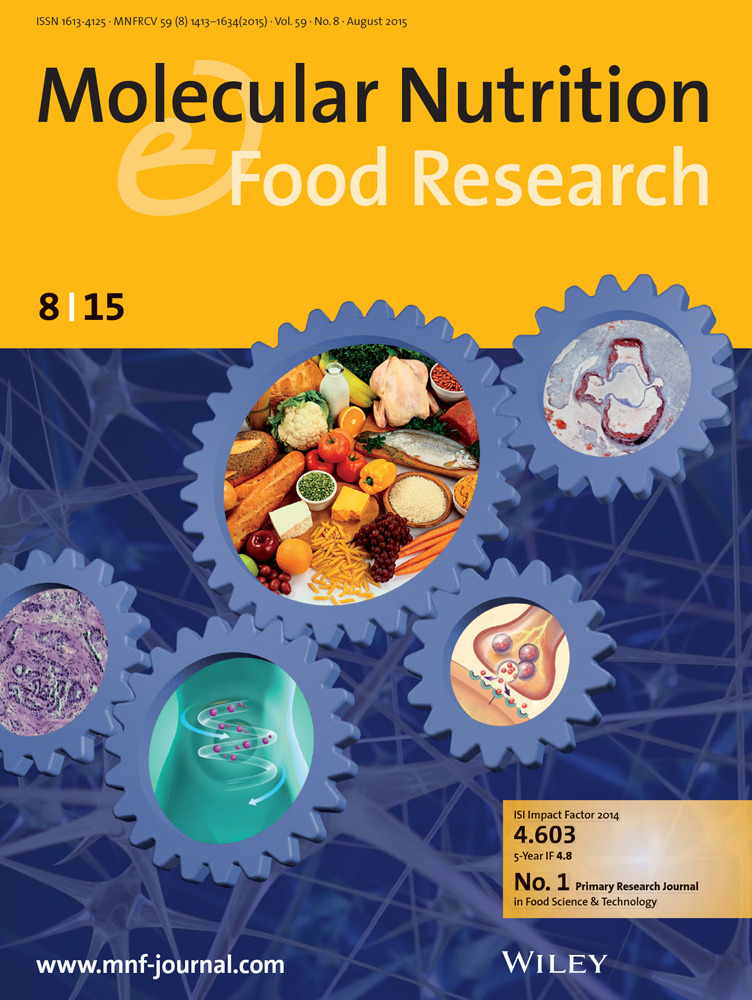The Antiviral Activity of Polyphenols
IF 4.5
2区 农林科学
Q1 FOOD SCIENCE & TECHNOLOGY
引用次数: 0
Abstract
Polyphenols are secondary metabolites produced by a large variety of plants. These compounds that comprise the class of phenolic acids, stilbenes, lignans, coumarins, flavonoids, and tannins have a wide range of employment, from food production to medical usages. Among the beneficial applications of polyphenols, their antiviral activity is gaining importance due to the increased prevalence of drug-resistant viruses such as herpes and hepatitis B viruses. In the present review, we provide an overview of the most promising or commonly used antiviral polyphenols and their mechanisms of action focusing on their effects on enveloped viruses of clinical importance (double-stranded linear or partially double-stranded circular DNA viruses, negative sense single-stranded RNA viruses with nonsegmented or segmented genomes, and positive sense single-stranded RNA viruses). The present work emphasizes the relevance of polyphenols, in particular epigallocatechin-3-gallate and resveratrol, as alternative or supportive antivirals. Polyphenols could interfere with virtually all steps of viral infection, from the adsorption to the release of viral particles. The activity of polyphenols against viruses is especially relevant given the risk of widespread outbreaks associated with viruses, remarked by the recent COVID-19 pandemic.

多酚类物质的抗病毒活性
多酚是多种植物产生的次生代谢产物。这些化合物包括酚酸类、二苯乙烯类、木脂素类、香豆素类、类黄酮类和单宁类,从食品生产到医疗用途广泛。在多酚的有益应用中,由于耐药病毒(如疱疹病毒和乙型肝炎病毒)的流行增加,它们的抗病毒活性越来越重要。在本综述中,我们概述了最有前途或最常用的抗病毒多酚及其作用机制,重点介绍了它们对具有临床重要性的包膜病毒(双链线性或部分双链环状DNA病毒,非片段化或片段化基因组的负感单链RNA病毒,以及正感单链RNA病毒)的作用。目前的工作强调多酚的相关性,特别是表没食子儿茶素-3-没食子酸酯和白藜芦醇,作为替代或辅助抗病毒药物。多酚几乎可以干扰病毒感染的所有步骤,从吸附到释放病毒颗粒。鉴于最近的COVID-19大流行所表明的与病毒相关的广泛暴发的风险,多酚类物质对病毒的活性尤其重要。
本文章由计算机程序翻译,如有差异,请以英文原文为准。
求助全文
约1分钟内获得全文
求助全文
来源期刊

Molecular Nutrition & Food Research
工程技术-食品科技
CiteScore
8.70
自引率
1.90%
发文量
250
审稿时长
1.7 months
期刊介绍:
Molecular Nutrition & Food Research is a primary research journal devoted to health, safety and all aspects of molecular nutrition such as nutritional biochemistry, nutrigenomics and metabolomics aiming to link the information arising from related disciplines:
Bioactivity: Nutritional and medical effects of food constituents including bioavailability and kinetics.
Immunology: Understanding the interactions of food and the immune system.
Microbiology: Food spoilage, food pathogens, chemical and physical approaches of fermented foods and novel microbial processes.
Chemistry: Isolation and analysis of bioactive food ingredients while considering environmental aspects.
 求助内容:
求助内容: 应助结果提醒方式:
应助结果提醒方式:


